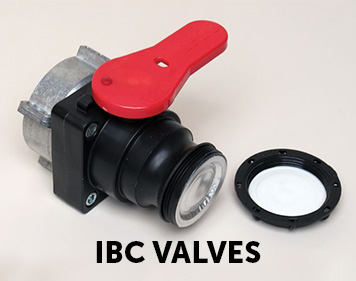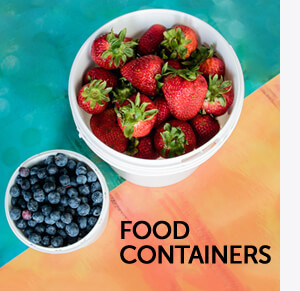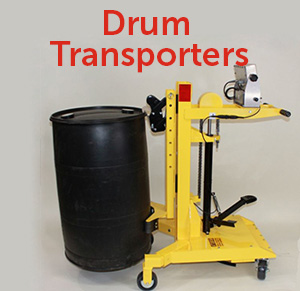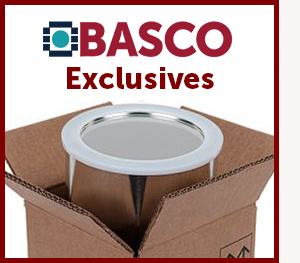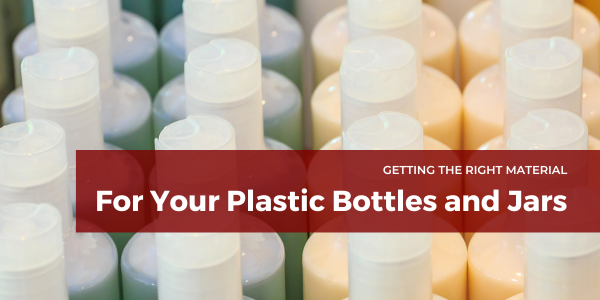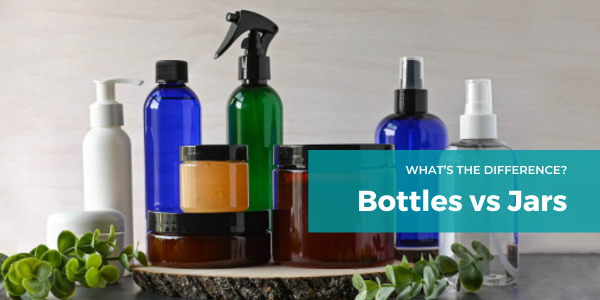Plastic Recycling Codes Explained
What Are Plastic Recycling Codes?
Plastics have permeated into nearly every part of our daily lives, from the packaging that preserves our food and beverages, to the phones in our pockets, and even the cars that we drive. However, the environmental impact of plastic waste has raised concerns worldwide. One of the most important ways to address this issue is through recycling, and plastic recycling codes play a crucial role in this process.
The majority of plastic products that we encounter are imprinted with a plastic recycling code, designed to inform you of the specific plastic material that the item is composed of, as well as how to recycle the product in your hand.
In this blog, we'll delve into the world of plastic recycling codes, deciphering the numbers and symbols on your plastic products to help you make informed choices for a more sustainable future.


Understanding the Basics:
We've done business with tons of painters in our over 75 years of operation, and most of them just use metal paint cans as their go-to storage solution. However, we've found that those metal paint cans aren't always a one-size-fits-all. Our plastic bottles have been able to solve several painters' problems, and we'll tell you all about how.
Decoding the Numbers – What They’re Used for and How They’re Recycled:
- PETE, or PET (Polyethylene Terephthalate):
Commonly used for beverage bottles and food packaging.
Typically translucent or transparent.
Easily recyclable, often turned into fibers for clothing or recycled back into bottles. - HDPE (High-Density Polyethylene):
Found in containers for milk, detergent, and some plastic bags.
Used for poly drums, plastic buckets and pails, and most jugs.
Impact and dent resistant, FDA compliant, incredibly durable, and lightweight when compared to steel alternatives.
Highly recyclable and used to make products like plastic lumber and recycling bins. - PVC (Polyvinyl Chloride):
Used in pipes, cables, and packaging.
Recycling can be challenging; limited recycling facilities accept PVC. - LDPE (Low-Density Polyethylene):
Found in squeeze bottles, shopping bags, and some packaging.
Often used for drum liners and some jugs.
Highly malleable and flexible.
Recycled into plastic lumber, trash can liners, and floor tiles. - PP (Polypropylene):
Used in yogurt containers, bottle caps, and some packaging.
Commonly found in small jars, typically white and opaque.
Recycled into signal lights, battery cases, and broom bristles. - PS (Polystyrene):
Commonly found in foam packaging, disposable cutlery, and CD cases.
Brittle, yet resistant to shattering.
Often used for small jars, typically transparent.
Limited recycling options; often not accepted at curbside recycling. - Other:
This category includes various plastics that don't fall into the other six categories.
Recycling capabilities vary; some #7 plastics may not be recyclable.
Making Informed Choices On Recycling:
- Recyclability Varies:
Not all plastics are created equal when it comes to recycling. Pay attention to the recycling code to determine the recyclability of the product. - Check Local Recycling Guidelines:
Recycling facilities differ in their capabilities. Check with your local recycling program to understand which plastics they accept. - Purchase Sustainable Containers:
BASCO offers a range of sustainable bulk containers, made of recycled or re-used materials. If you require drums or IBCs, consider purchasing reconditioned drums, or rebottled/reconditioned IBCs instead of brand new containers. These refurbished containers are often sufficient for most applications, and they come at a more affordable cost as well. - Innovations in Recycling:
Stay informed about advancements in recycling technologies and support initiatives that promote the development of more sustainable plastic recycling methods.


Understanding plastic recycling codes empowers consumers to make environmentally conscious choices. By familiarizing yourself with these codes and being mindful of the materials you use, you contribute to the global effort to reduce plastic waste and promote a more sustainable future. Every small action counts, and together we can make a significant impact on the health of our planet.
Choosing BASCO as Your Source for Plastic Containers
At BASCO, our continued goal is to provide a completely comprehensive selection of plastic drums, pails, IBCs, and small packaging to the United States. If you’ve browsed our selection of containers, and you were unable to find the perfect packaging for your application, please feel free to reach out! We have over 75 years of experience in the industry, and we’d be more than happy to help you find exactly what you’re looking for. We stock our products nationwide, so whether you’re in New York or California, we can provide fast and efficient shipping, directly to your front door.
Contact BASCO today, and we can succeed together.


